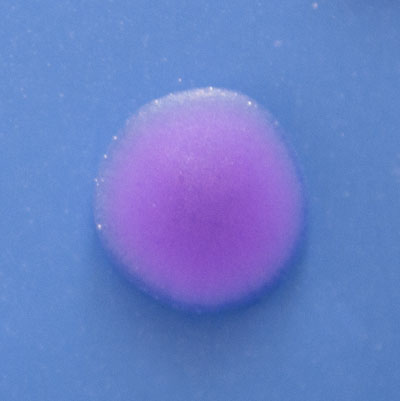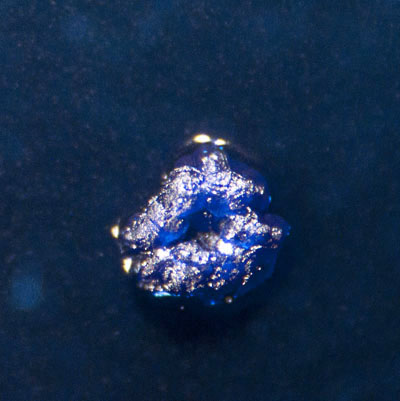
Streptococcus is a diverse genus in the Firmicutes phylum and the Bacterial Kingdom. The bacteria under the streptococcus are spherical in shape, or cocci, and Gram-positive. They usually are found to grow in pairs or chains and are oxidase- and catalase-negative. Many species of streptococcus bacteria are facultative anaerobes, meaning that they usually make adenosine triphosphate (ATP) via aerobic respiration in the presence of exygen, but are capable of producing ATP via fermentation if there is no oxygen present. While some species of streptococcus are normally found in the human flora, many species are capable of bringing about various diseases and can be potent. Such diseases range from strep throat (S. pharyngitis) to pneumonia (S. pneumoniae) to even necrotizing human flesh (S. pyogenes). Unfortunately, many of these species has been able to reproduce as antibiotic-resistant strains, which lead to the cause of some epidemics. Two species of this genus, S. agalactiae and S. mutans are further examined in the links below.
(Click on the title to learn more about each species.)
 |
 |
 |
 |
© 2010 Dina Y. Yang. All rights reserved. No photograph or the website, in whole and/or any part, may be reproduced by any means whatsoever without written permission from the photographer herself.
